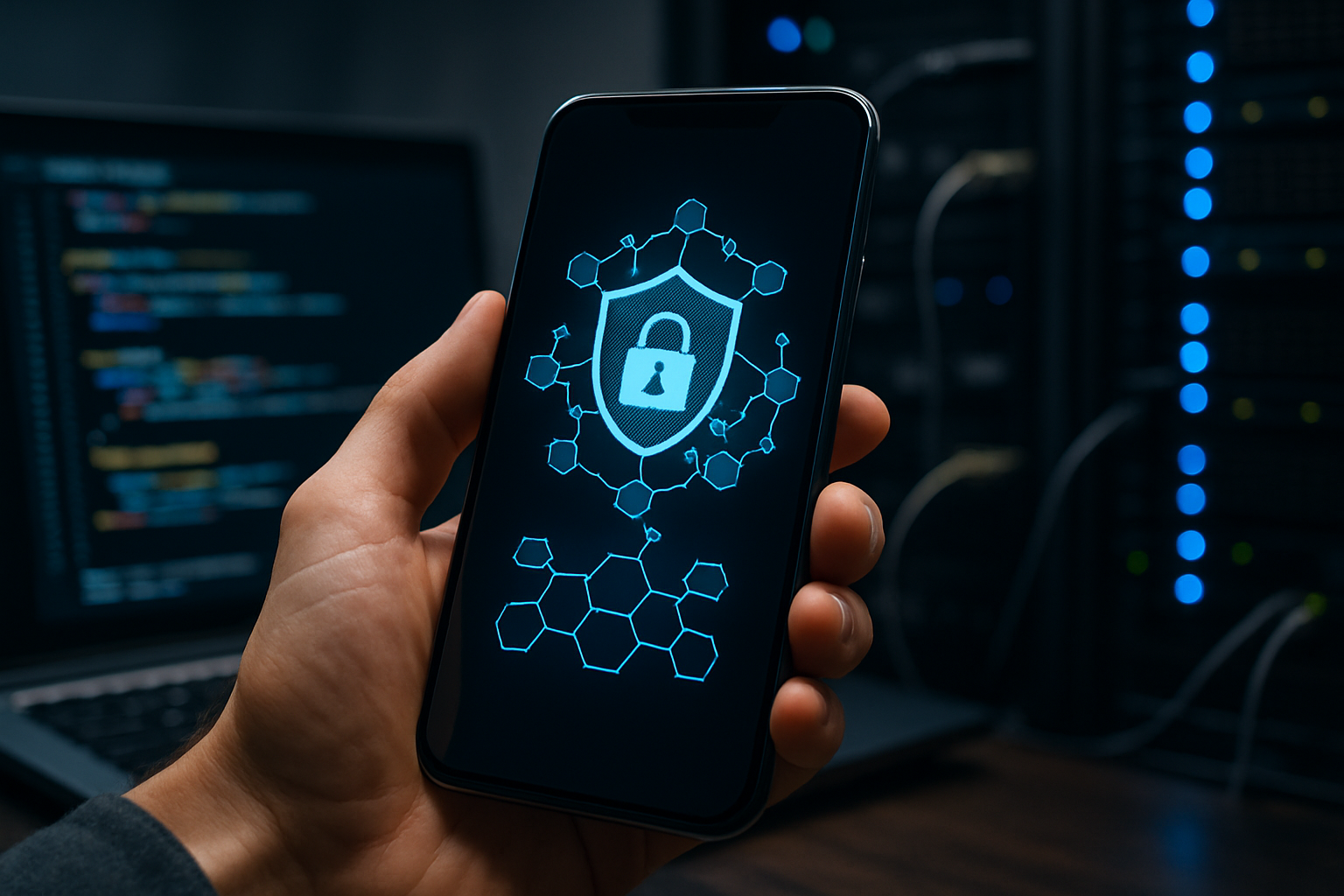The Science and Economics of Text Messaging: A Complete Guide
Text messaging has revolutionized how we communicate, becoming an integral part of our daily lives. While sending a text message seems instantaneous, complex technological processes and infrastructure work behind the scenes to ensure reliable delivery. This comprehensive guide explores the technical aspects, tracking methods, and hidden costs associated with text messaging services.

How Are Text Messages Tracked and Stored?
Text messages leave a digital footprint that telecommunications companies carefully manage. When you send a message, it’s assigned a unique identifier and stored on carrier servers. These servers maintain records of metadata including sender and recipient numbers, timestamps, and delivery status. Most carriers retain message content for varying periods, typically ranging from a few days to several months, depending on regulatory requirements and company policies.
The Technical Journey of a Text Message
The science behind text message delivery involves multiple steps and protocols. When you press send, your message is converted into digital data packets that travel through cellular networks. These packets move through the SMS Gateway, which acts as a translator between different cellular networks. The message then reaches the Short Message Service Center (SMSC), which coordinates with the recipient’s carrier to complete delivery. This entire process usually takes milliseconds but can be affected by network congestion or coverage issues.
Understanding SMS Infrastructure Costs
The infrastructure supporting text messaging services requires significant investment and maintenance. Major cost components include:
-
Network equipment and maintenance
-
Data center operations
-
Security systems
-
Technical support staff
-
Compliance and regulatory expenses
| Cost Component | Typical Annual Investment | Percentage of Total Cost |
|---|---|---|
| Network Infrastructure | $5-10 million | 40% |
| Data Centers | $3-5 million | 25% |
| Security Systems | $2-3 million | 15% |
| Technical Support | $1-2 million | 12% |
| Compliance | $1-1.5 million | 8% |
Prices, rates, or cost estimates mentioned in this article are based on the latest available information but may change over time. Independent research is advised before making financial decisions.
The Environmental Impact of Text Messages
Text messaging has an often-overlooked environmental footprint. Each message requires energy for transmission and storage, contributing to data centers’ power consumption. While individual text messages have minimal impact, the collective global volume of messages creates significant energy demands. Modern carriers are increasingly adopting green technologies and energy-efficient systems to minimize this environmental impact.
Security and Privacy Considerations
Text message security involves multiple layers of protection. Carriers employ encryption protocols, access controls, and monitoring systems to protect message content and user data. However, traditional SMS isn’t end-to-end encrypted by default, leading many users to adopt secure messaging apps for sensitive communications. Carriers must also comply with data protection regulations, which adds to operational costs and infrastructure requirements.
The Future of Text Messaging Services
As technology evolves, text messaging services continue to adapt. Rich Communication Services (RCS) is emerging as the next generation of messaging, offering enhanced features like high-resolution media sharing and read receipts. These advances require additional infrastructure investments but promise improved user experiences and new business opportunities for carriers and service providers.
Text messaging remains a cornerstone of modern communication, supported by complex systems and significant infrastructure investments. Understanding these underlying aspects helps appreciate the true value and cost of this essential service, while ongoing technological advances continue to shape its future development.




